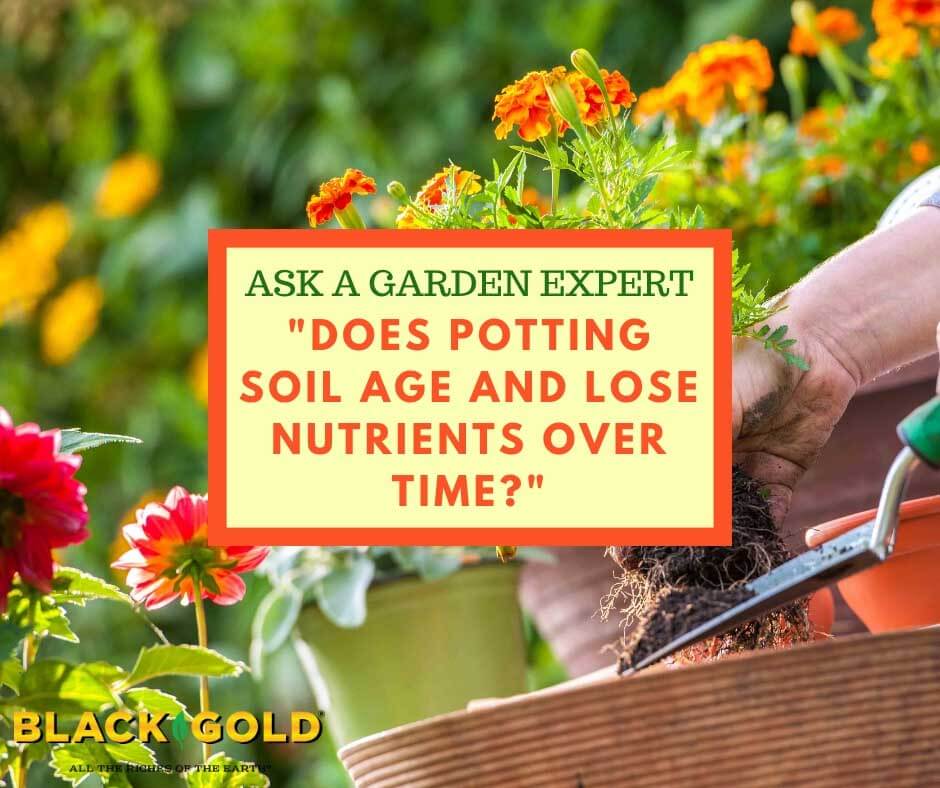
“Can I mix different potting soils? I plan to repot a couple of spider plants (Chlorophytum comosum) to larger containers. They are doing good and are currently in Black Gold Natural & Organic Potting Soil. I have some of this potting soil left in the bag, but it’s not going to be enough. Should I buy more of the same or should I mix it with one of your other products?” Thank you. Question from Crea of Farmington, Missouri
Answer: Different potting soils do have different qualities, but it will not negatively impact your spider plant to combine different mixes that it will ultimately grow well in. Spider plants are adaptable and forgiving. Just be sure that the new mix you choose holds water well but also drains well. Check out all of our general potting mixes by clicking on this link. Each is described in detail with respect to its ingredients and qualities. If your spider plant is root bound, I recommend you click here to read a good article about what to do in this situation.
Happy gardening,
Jessie Keith
Black Gold Horticulturist



